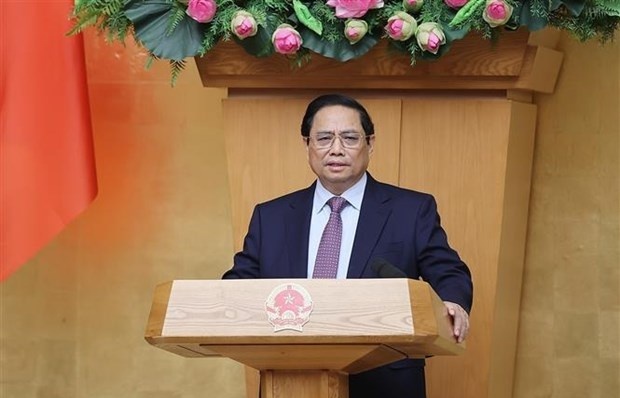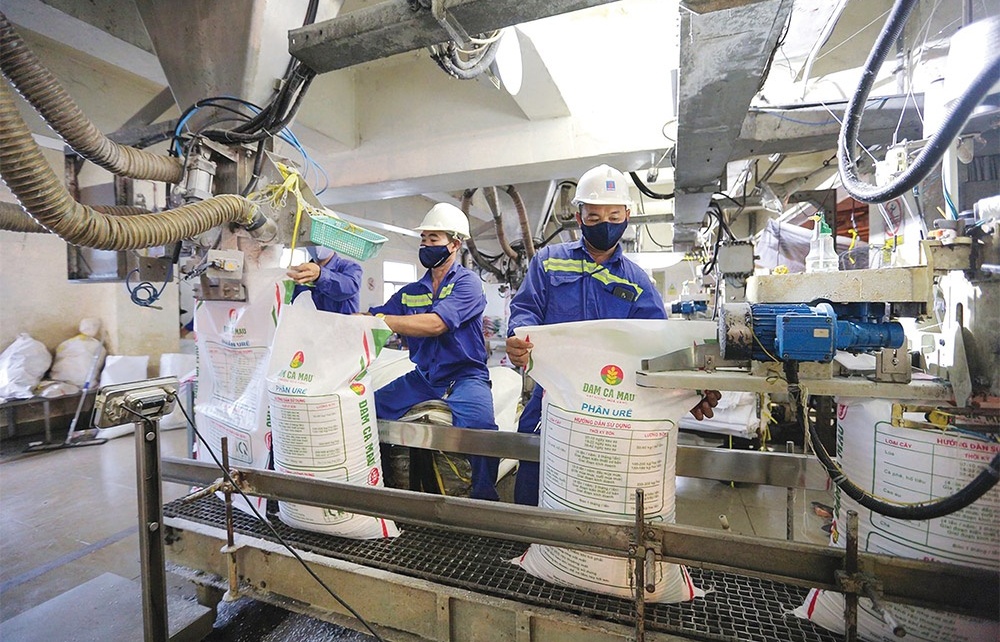Retail loan profits drive bank stocks
 |
| Bank earnings have risen on the back of expanded credit and foreign currency lending, Photo: Le Toan |
Things have been going quite well for Vietnamese lenders this year, after long periods of struggle and internal restructuring. In the first half of 2017, credit expanded by 9.12 per cent compared to the beginning of the year, driven by retail loans. Lending in foreign currencies went up by 11.5 per cent during the same period, 10 times higher than the growth pace of 2016. Deposits grew modestly, but were offset by the VND160 trillion ($7 billion) parked in the system by the State Treasury of Vietnam.
Reports from the National Financial Supervision Council (NSFC) show that after-tax profits of the entire banking sector reached VND40 trillion ($1.7 billion) in the first seven months of 2017, up 60 per cent year-on-year. The system’s net interest margin, which is the difference between lending and deposit rates, stepped up to 2.9 per cent. A switch to retail lending is the main reason for this higher spread in net interest, the reports pointed out.
Another major update is Resolution No.42/2017/QH14, which is expected to accelerate the process of solving non-performing loans. According to Saigon Securities Incorporation (SSI), banks are making bolder moves to address this chronic problem, including using reserves to write off sour loans and speeding up their sale to Vietnam Asset Management Company.
“Overall, we expect strong growth for banks in the second half of 2017 and in 2018, thanks to prolonged credit expansion, aggressive measures to tackle bad debt, and stronger corporate governance to follow Basel II,” read the NSFC report.
Analysts from Viet Dragon Securities believe that some commercial banks like Military Bank or Asia Commercial Bank have almost fulfilled their obligations for special bonds, paving the way for strong growth in earnings in 2017 and 2018.
These positive prospects are already reflected on the banks’ stock prices this year. The share prices of most commercial banks have grown by rates between 30 and 80 per cent year-on-year, and trading volume was high. The market also welcomed newcomers such as Vietnam International Bank, Kienlongbank, LienVietPost Bank and, most notably, Vietnam Prosperity Bank, which raised $1.2 billion from 78 foreign investors before the listing.
Vinh Tuan Ngo, head of investment banking at Viet Capital Securities, told VIR that the upcoming listing of Techcombank will be the biggest ever in the Vietnamese financial sector. The bank is slated to make its public debut in the second quarter of 2018, and has locked in its foreign ownership limit to seek strategic investors from abroad.
“Banking will be among the most attractive sectors in Vietnam next year. Previously, bank stocks in Vietnam traded below their book value as investors were concerned about various issues in the sector. However, after the recent wave of listings and a more positive earnings outlook, bank shares have been doing much better. It will be easier for the banks to find foreign investors,” said Ngo.
Researchers from SSI believe that stricter capital requirements from Basel II will force Vietnamese banks to increase their funding, which includes issuing more bonds and searching for strategic investors. Most recently, Bank of Investment and Development of Vietnam, one of the state-owned lenders, was in negotiations with a potential partner, while LienVietPost Bank is seeking strategic investors from overseas.
That said, the 30 per cent cap on foreign-owned shares remains a major drawback for Vietnamese banks when seeking foreign capital, according to Ngo. This rule has been relaxed for smaller, indebted lenders but not for profitable banks, which are usually the targets for overseas investors.
For state-owned lenders, analysts at SSI emphasise that the government plans to own more than 50 per cent of outstanding shares, but also 65 per cent of voting shares. This implies that there might be some form of non-voting shares in these banks, giving hope to foreign investors who are restricted by the banks’ small amount of free-floating shares.
What the stars mean:
★ Poor ★ ★ Promising ★★★ Good ★★★★ Very good ★★★★★ Exceptional
Latest News
More News
- Techcombank targets strategic investor and announces dividend (April 23, 2024 | 14:45)
- HoSE to launch KRX trading system on May 2 (April 23, 2024 | 12:16)
- Refinements necessary for stock market (April 23, 2024 | 11:00)
- Solutions for enhancing provision of the stock market (April 23, 2024 | 10:38)
- MB aiming for 30 million customers by end of year (April 22, 2024 | 17:43)
- MB finalises strategy for acquisition of distressed bank (April 22, 2024 | 16:33)
- Vietnam central bank postpones gold bar auction (April 22, 2024 | 15:27)
- Benefits of pension funds must be incentivised (April 22, 2024 | 15:00)
- KRX trading system to begin official operation (April 22, 2024 | 14:09)
- Voluntary pensions to rejuvenate the sector (April 22, 2024 | 14:00)


















 Mobile Version
Mobile Version